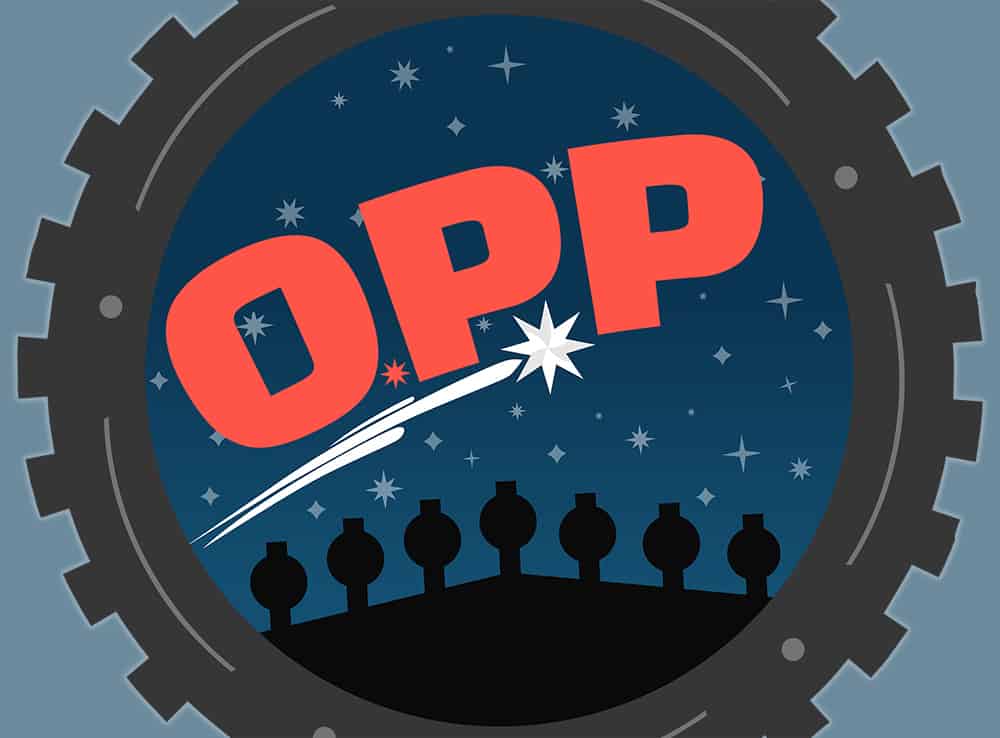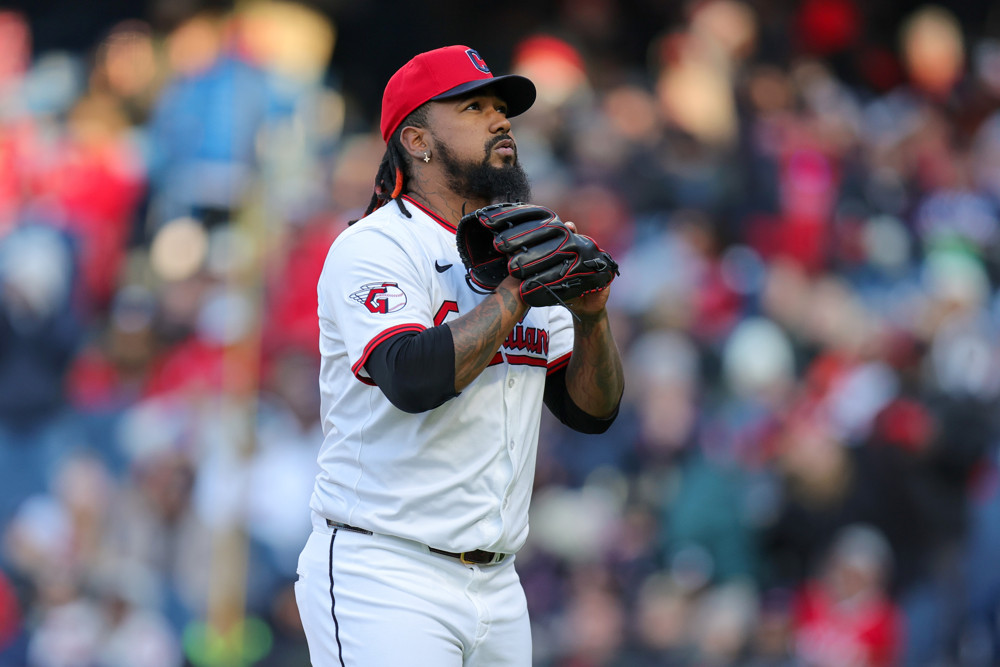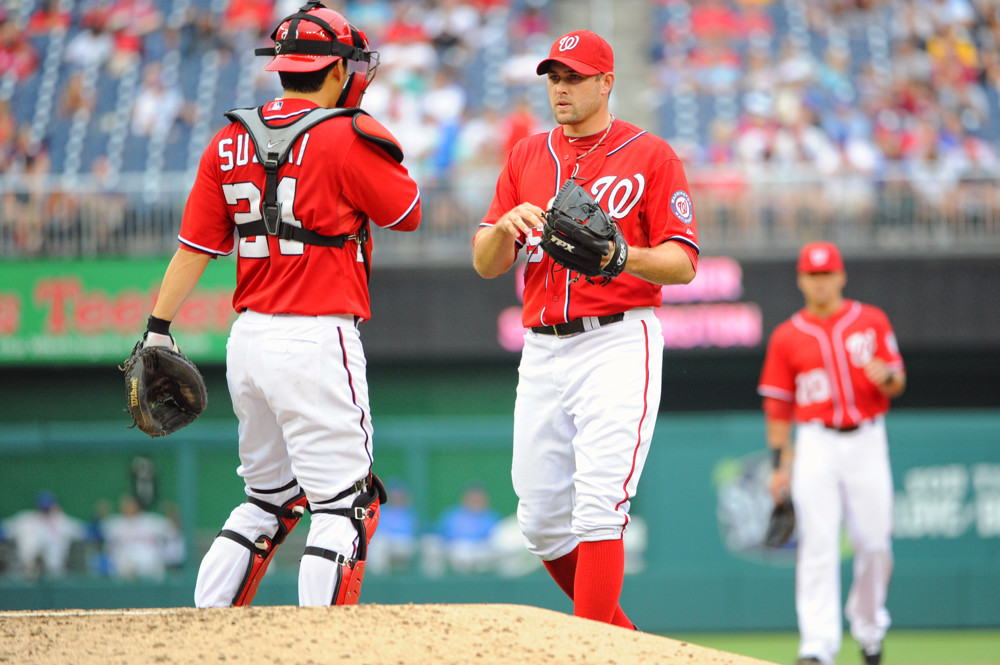As of Aug. 8, Yoan Moncada has reached 4 WAR according to FanGraphs. Tied with Houston Astros outfielder George Springer, Moncada is a Top-20 position player in the majors. A year ago, Moncada continued to show the same struggles that were witnessed in 2017: too passive, had trouble recognizing offspeed pitches, and was terrible hitting right-handed.
Here are some of the results we’ve seen from the changes Moncada has made in 2019:
- Cut his K% by 5.8%
- Increased his wRC+ by 37 points (2018: 97 wRC+; 2019: 134 wRC+)
- Moncada has the third-best Average Exit Velocity at 93.0 MPH
- Ranks in the 93rd percentile in Hard Hit %
- Hitting .259/.312/.457 right-handed (.209/.287/.297 last year)
- Moncada’s 4.0 WAR is the best season for a White Sox third baseman in the last 20 years.
Oh, wait, there’s more. Look at the massive jumps in wOBA in just a single season against all pitch types.
| Pitch: Fastballs | 2019 | 2018 |
| wOBA | .422 | .349 |
| Exit Velocity | 93.9 MPH | 91.7 MPH |
| Pitch: Breaking | 2019 | 2018 |
| wOBA | .287 | .236 |
| Exit Velocity | 92.6 MPH | 89.4 MPH |
| Pitch: Offspeed | 2019 | 2018 |
| wOBA | .381 | .282 |
| Exit Velocity | 91.6 MPH | 87.5 MPH |
An almost 100-point increase in wOBA against offspeed pitches in a season is astounding. Moncada is lethal against the fastball, and even though breaking pitches remain a weakness, there is a 51 point increase against the curveball and slider. Looking at his zone breakdown, you’ll see the locations where Moncada is hitting screamers.
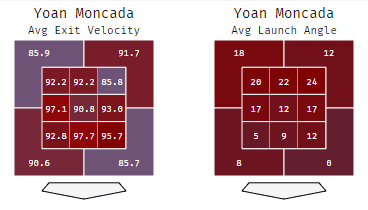
Source: Baseball Savant

Compared to 2018, you can see that Moncada is doing a much better job of barreling up the ball on the outside corner batting left-handed. There are two zones in which Moncada is averaging 99+ mph exit velocity: the outside corner and middle to the low part of the zone. Those spots are where Moncada has hit the most barrels (at least 98 mph, launch angle 26-30 degrees).
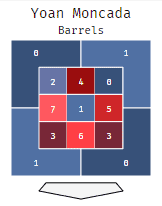
Last season, Moncada was mostly just barreling pitches down the middle.

In one season, we’ve seen Moncada go from a 2.0 WAR player hitting .235/.315/.400 to doubling his value thanks to a slash line of .301/.358/.535. The White Sox needed to emerge from this rebuilding phase developing elite hitters. They have found one in Moncada.
*******************
It’s expected that Eloy Jimenez will be another elite hitter for the White Sox, but his rookie season has been underwhelming. Which is a nice way of putting it when you add his struggles at the plate adjusting to better pitching, and his adventures playing defense in left field. It’s just his rookie year, and perhaps there were too many expectations placed upon him without ever playing a game in the major league level, but Jimenez does have noticeable difficulties at the plate.
To start, pitchers are still busting him with breaking pitches. Jimenez is seeing breaking pitches 39.7% of the time (Moncada just 27%), and his wOBA is .248 with a batting average of .202. The rate of breaking pitches has been decreasing since May, but now Jimenez is seeing more offspeed pitches as the league makes more adjustments against him.
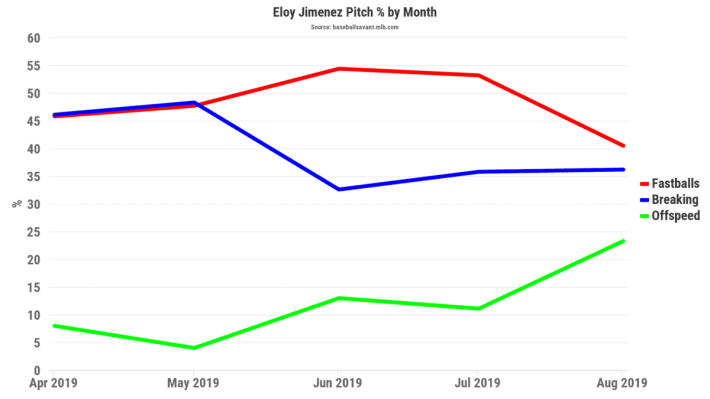
That could be a good thing for Jimenez who is faring better against offspeed hitting .259 with a wOBA .310. Now the reason teams are throwing more offspeed is it impacts how hard Jimenez hits those pitches. When Jimenez does make contact against breaking balls, his average exit velocity is 90.1 MPH.
Against offspeed pitches Jimenez has a very low average exit velocity of 79.5 MPH. Even worse, the average launch angle is 0 degrees. Meaning that Jimenez is hitting slow grounders against offspeed pitches.
That’s one way opposing pitchers are trying to limit Jimenez’s power bat. Another is pitch location. Any pitcher that challenges Jimenez up in the strike zone is flirting with danger. Jimenez has hit 10 of his 18 home runs on pitches located down the middle or upper outside corner.
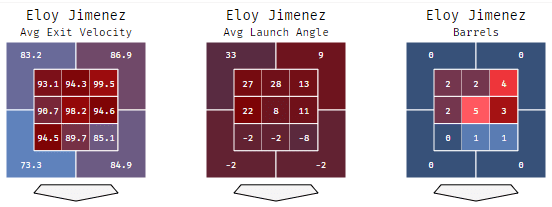
When you take a look at average exit velocity, launch angle, and the number of barrels, Jimenez’s weakness sticks out. Pitchers have a safe haven living in the lower third of the strike zone against Jimenez. Negative launch angles are ground balls, and his slowest exit velocity on pitches in the strike zone are in this area. No surprise that Jimenez is almost seeing one-third of pitches low and away.


The three adjustments Jimenez has to make is learning how to develop harder contact on low pitches in the zone, be patient enough to recognize offspeed out of the hand, and try to lay off the low sweeping stuff outside of the zone. That’s all. Should be simple enough.
Of course, hitting is never a simple task. No matter how some in the league like Moncada make it look easy at times. That wasn't always the case for Moncada who had to grind for 203 games through his struggles before enjoying the tremendous success he’s having in 2019. Jimenez dominated at the plate throughout the minors, so there is no reason to think that this rookie season is his true self. It’s just part of the process of dealing with growing pains. Pitchers are learning how to keep the ball in an area Jimenez is not most comfortable making contact against.
As Moncada has proved in 2019, a hitter can learn to develop better pitch recognition and how to produce more barrels. Jimenez still has some more learning to do in the last 50 games of the season. Hopefully, Jimenez can make the necessary adjustments to produce similar results like Moncada. If he can, it'll go a long way to improving the White Sox chances to compete in 2020.


